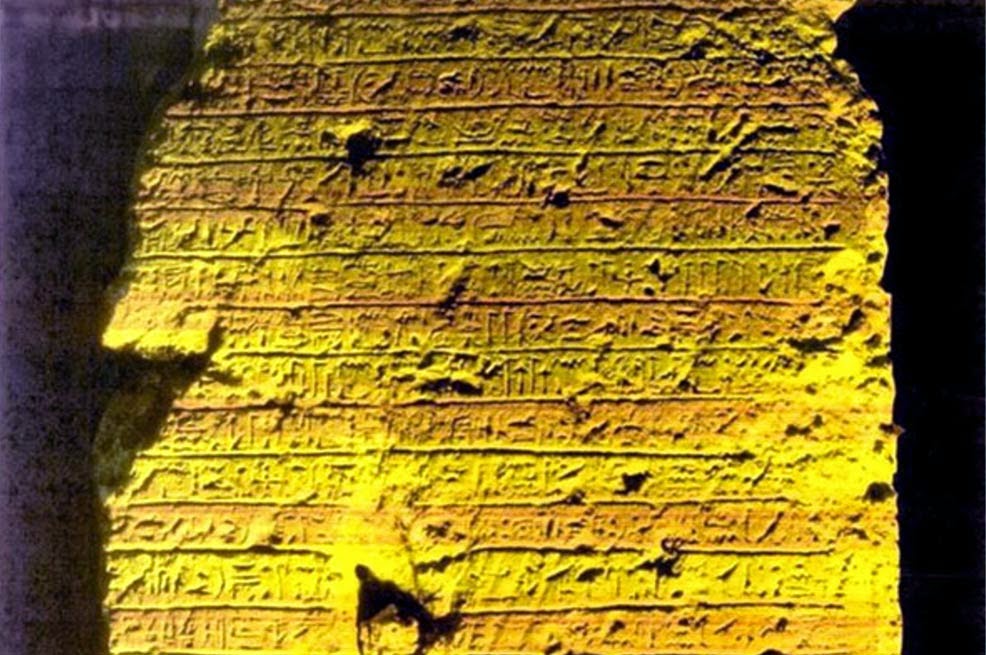The Great London:
Greater Middle East
Iraq: Reports of third ancient site looted by IS militants

Greater Middle East: Ancient papyri deciphered by armchair archaeologists

Near East: Egypt receives 3,200-year-old relief from UK

Iraq: IS militants bulldoze Assyrian city of Nimrud

Greater Middle East: Rosetta-style inscription unearthed in Egypt

Near East: Archaeologists to explore ancient city of Satala

Greater Middle East: Tarkhan Dress is the world’s oldest woven garment

Near East: Antiquities market on alert for looted Syrian spoils

Near East: 3D images of Syrian archaeological treasures go online

Jordan: Drone offers glimpse of looting at Jordanian site

Israel: Oldest glass production kilns found in Israel

Near East: Should we 3D print a new Palmyra?

Turkey: Turkey to pursue return of Knidos treasures

Great Legacy: Egypt recovers stolen relief of Seti I from London

Iraq: Missing piece of Gilgamesh Epic discovered

UK: Replicas of Palmyra arch to go on show in London, NY

Middle East: FBI warns collectors about ISIS-smuggled antiquities

Great Legacy: Egypt launches appeal to buy back Sekhemka statue

Great Legacy: Section of Tuthmosis column returned to Egypt

Great Legacy: Two Egypt museum curators arrested for artefact thefts
